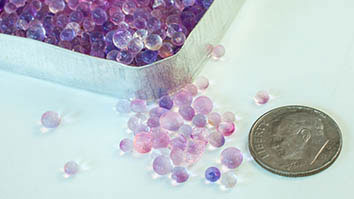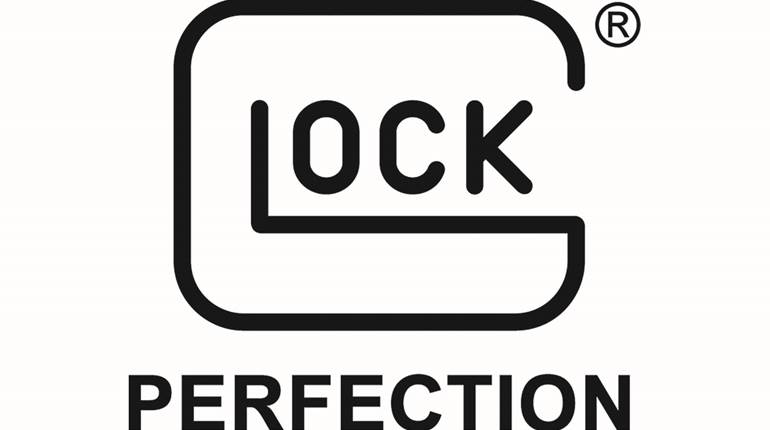
Established in 1988, Liberty Safe has grown to become the number-one seller of residential safes in the United States. Today the company employs 500 people at its plant near Payson, Utah, yet it has not lost sight of its customers’ needs, including keeping what’s inside that vault dry.
For that duty, it offers three sizes of silica gel. Don’t let the name fool you, this stuff is rock hard, remains so after reaching saturation and there’s no messy water spills with which to deal. A small amount of cobalt chloride locked into those translucent beads changes from its dry, blue color, to pink when it’s time to recharge.
If you have a safe on a concrete floor, ammo in long-term storage or travel with your firearm, these products are more than worthy of consideration. The company sent its Mini-Canister—filled with 40 grams of the desiccant—for testing. It’s the smallest the company offers, and despite its slight stature at 4 x 2.16 x .44 inches, according to the company the unit is capable of protecting three cubic feet from excess humidity. It appears to perform better than that, particularly when used in airtight containers.

To determine effectiveness, it was sealed in the same MTM Case-Gard Survivor Ammo Can used to test Drierite’s desiccant properties. Methodology was identical to provide a side-by-side comparison. Between each test, however, the can and contents were baked at 300 degrees for three hours to recharge (Drierite’s procedure is shorter and hotter).
Average humidity when placing the canister in the airtight container was 62 percent. Upon removal—96 hours later—that reading was down to 22. The lowest humidity reached was 20 percent, and standard deviation was 1.63. I don’t know about you, but those are some impressive numbers for an $8 investment that comes in a self-contained, oven-safe container. Better yet, there appeared to be no degradation in performance between each recharge.
Prepper-popular silicone-gel kitty litter put to an identical test didn’t do as well. Despite a lower average start humidity of 60 percent, its average four-day stay in the MTM Case-Guard resulted in 25.3 percent humidity, with a standard deviation of 4.39. The amount of moisture absorbed also reduced with each recharge (done identically to the Liberty Safe Mini-Canister). It also took twice the volume to equal 40 grams, so if you go the bargain-basement route, expect it to eat up more of that valuable ammo-can space.
There are some things worth noting, however, with the Liberty Safe unit. As packaged, the seal is poor, so recharge the canister before use. The first round of testing drove that lesson home. And, the silicone gel may turn pink at saturation, but the canister’s dark interior doesn’t allow that color to shout, “Bake me right now” as readily as you might think.
There’s no reason to let excess humidity compromise ammo or gear with everything available today. The Liberty Safe Mini-Canister proved it’s a viable option for long-term storage and protection, and unlike Drierite, the chances are reduced it will completely dry and split a rifle’s wood stock.




































